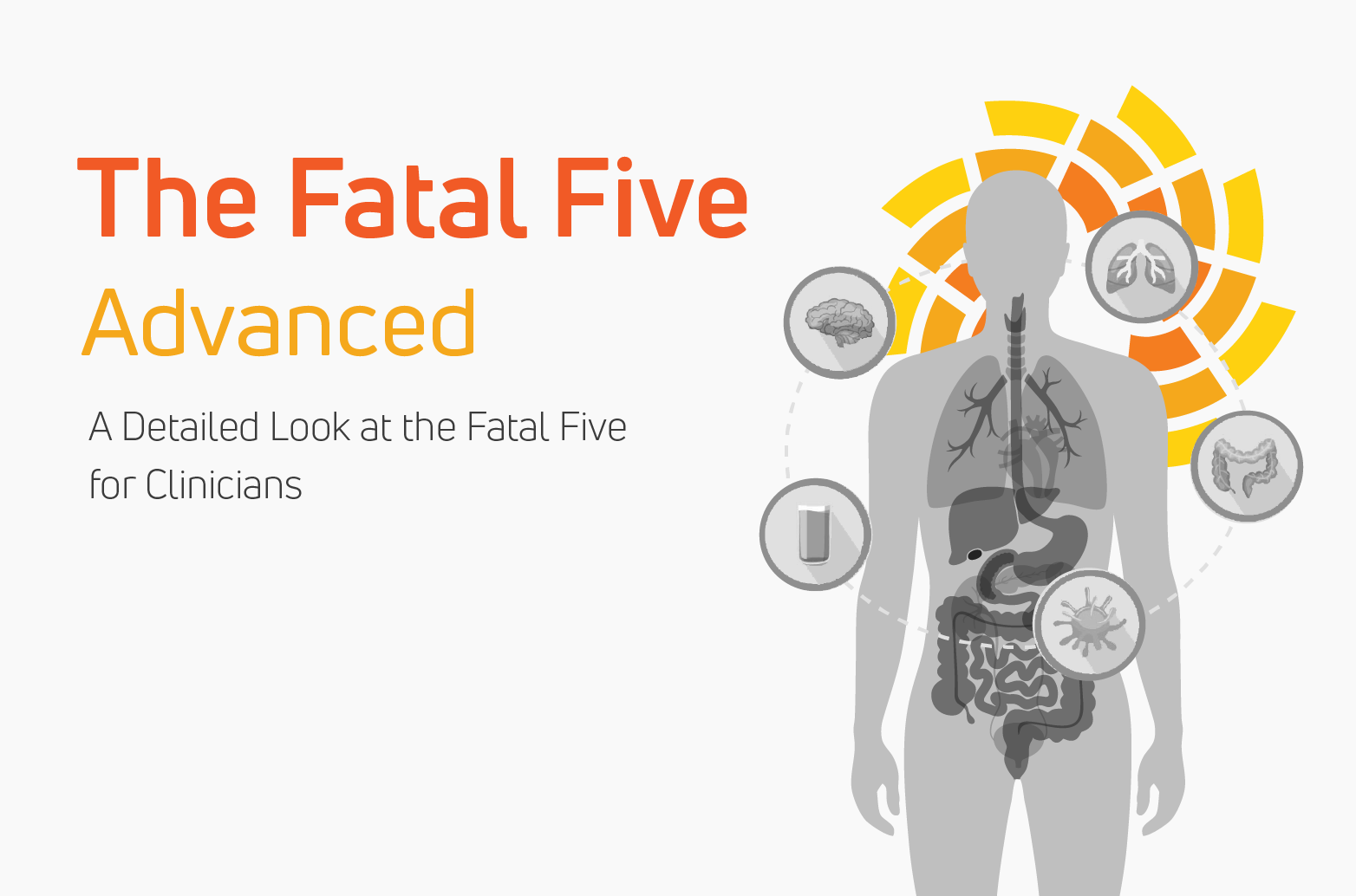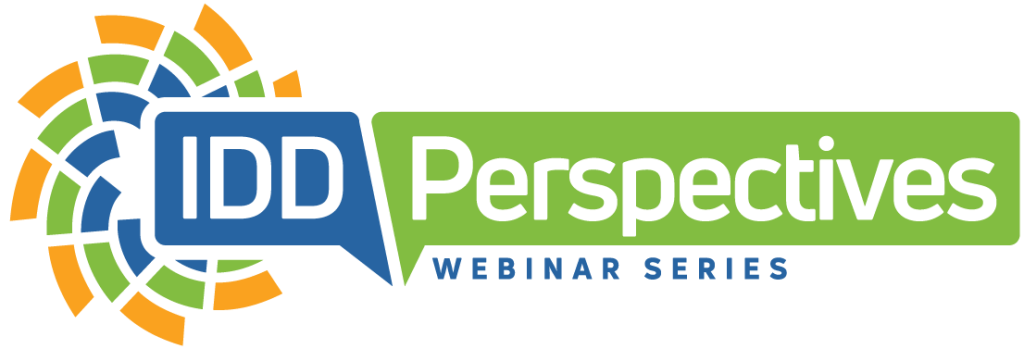online Course
The Fatal Five Advanced
- 8 Nursing CEs Available
- Duration: 6.5-8.5HRS
- online
- How to spot the fatal five & how to report them
- Real-world scenarios and how to handle them.
- Over 200 interactive questions to ensure the learner's knowledge
Now Available for
Individual Purchase
$150
Continuing Education Information:
This activity has been approved for 7.75 contact hours of nursing continuing education by the Ohio Board of Nursing approver unit of the Ohio Department of Developmental Disabilities – Provider Number: OBN-010-93.
Certificates are automatically delivered at the end of the course upon successful completion of the post-test and survey.
Our CEUs are accredited through the Ohio Board of Nursing and transferrable to most states; participants will need to verify eligibility with their state boards of nursing.
Learn more about accreditation:
https://www.nursingworld.org/organizational-programs/accreditation/

Description
The Fatal Five Advanced Course was designed for clinicians. It covers each Fatal Five item with greater depth with an eye to precise signs and symptoms and greater stress on health and safety repercussions. It stresses how to train staff on each item and how to help staff act as a set of eyes and ears so that health issues can be reported clearly as they happen.
Synopsis by Module
Aspiration
Duration: 1 hour 15 minutes
The Aspiration Advanced module covers this very dangerous condition in great depth and how a clinician can spot and put in place supports to reduce its risks. Subjects covered include lung sounds, aspiration pneumonia and the many signs of symptoms of aspiration.
After this module, you should be able to:
-
List the structures of the respiratory tract.
-
Define aspiration.
-
Identify causes of aspiration.
-
List interventions to manage aspiration.
Bowel Obstruction
Duration: 1 hour
The Bowel Obstruction Advanced module covers the causes, dangers and outcomes of constipation, fecal impactions and bowel obstructions. It covers the warning signs that a clinician can use and help their support staff keep an eye out for so that the risks associated with these conditions can be prevented.
After this module, you should be able to:
-
List the basic structures of the gastrointestinal tract.
-
Recognize signs of healthy and unhealthy bowel function.
-
Identify causes of constipation and bowel obstructions.
-
List interventions to manage constipation and bowel obstructions.
Dehydration
Duration: 1 hour 15 minutes
The Dehydration Advanced module discusses the many signs and symptoms of dehydration and how you as a clinician can help your support staff prevent this condition in those you serve.
After this module, you should be able to:
-
Define dehydration.
-
Identify causes of dehydration.
-
Recognize signs and symptoms of dehydration.
-
List interventions to manage dehydration.
GERD
Duration: 1 hour
The GERD Advanced module discusses gastroesophageal reflux disease in great detail. It covers its causes and symptoms. It covers many remedial actions, including medicinal, positioning, types of food and when a person should eat.
After this module, you should be able to:
-
Define GERD.
-
Identify causes of GERD.
-
Recognize signs and symptoms of GERD.
-
List interventions to manage GERD.
Sepsis
Duration: 1 hour
A diagnosis of sepsis gives you a 1 in 3 chance of survival. Thus, this module includes not only the diagnostic criteria for this condition but focuses on those signs and symptoms that precede it. Starting from the initial infection to what nurses and direct care staff will see as the person becomes septic. Most importantly, this module details what action should be taken as the person’s condition degrades.
After this module, you should be able to:
-
Define sepsis.
-
Recognize signs and symptoms of possible sepsis.
-
Understand how sepsis is treated.
Seizures
Duration: 1 hour 15 minutes
The Seizures Advanced module discusses the two major classifications of seizures and the individual seizure types that are most often encountered in persons with intellectual and developmental disabilities. Also covered are some general strategies and protocols that are used when supporting those with a seizure condition.
After this module, you should be able to:
-
Define seizure.
-
Identify different types of seizures.
-
Learn how to accurately document seizure activity.
-
Recognize when a seizure is an emergency.
-
List interventions to manage seizures.
When to Act
Duration: 1 hour 30 minutes
Knowing When to Act includes an in-depth discussion of nursing in the field of intellectual and developmental disabilities. It also covers several common issues adjacent to the main Fatal Five. These include the cardiovascular, endocrine and integumentary systems, behavior issues and falls.
After this module, you should be able to:
-
Identify the standard nursing process and how it relates to persons with IDD.
-
Recognize signs and symptoms of common urgent medical conditions that may be displayed by people with IDD.
-
Be confident of when to act in an urgent situation and when to teach about the possibility of an urgent situation.
The fatal five Fundamentals
Designed for Direct Support Professionals and general staff. It covers the Fatal Five by clearly defining and illustrating what each item is, how to spot them, who is at risk, what to report and when staff should alert their medical manager or send the person to the emergency room.
THE FATAL FIVE advanced
This course is designed for clinicians. It covers each Fatal Five item with greater depth with an eye to precise signs and symptoms and greater stress on health and safety repercussions. It stresses how to train staff on each item and how to help staff act as a set of eyes and ears so that health issues can be reported clearly as they happen.
THE FATAL FIVE case managers
The Fatal Five Fundamentals with added direction on utilizing this information as a Case Manager. The message is “just because you are not a clinician does not mean you cannot clinically advocate for someone.” All quizzes and scenarios are geared toward helping a Case Manager understand how they can use this information to increase the health and safety of those they serve.




